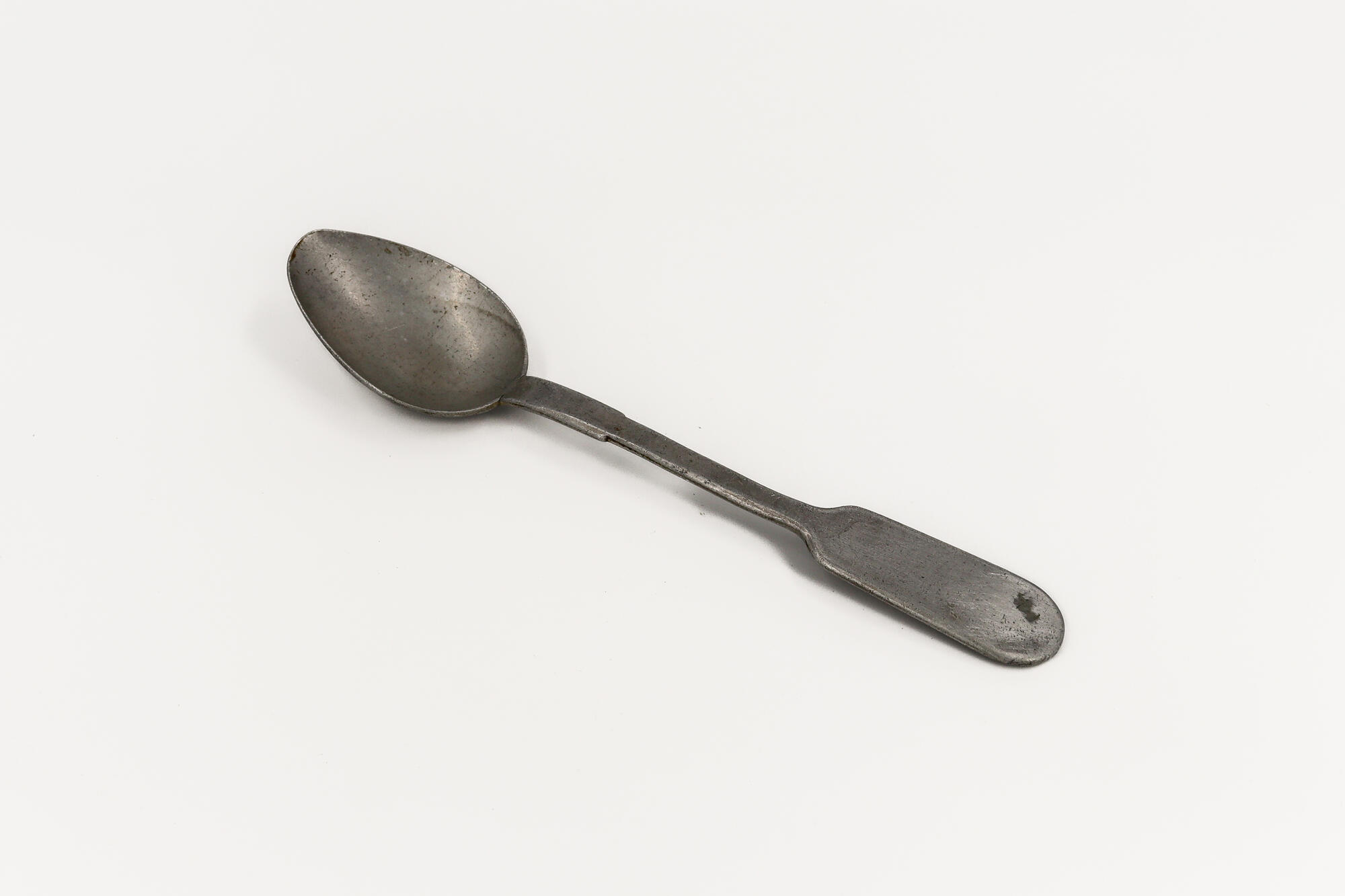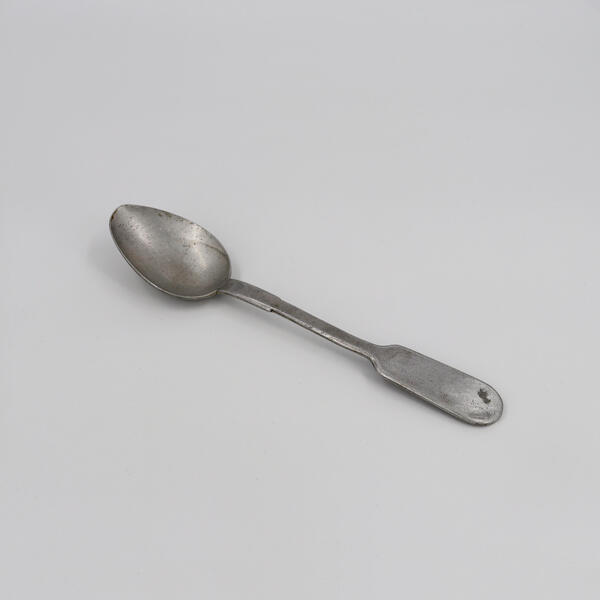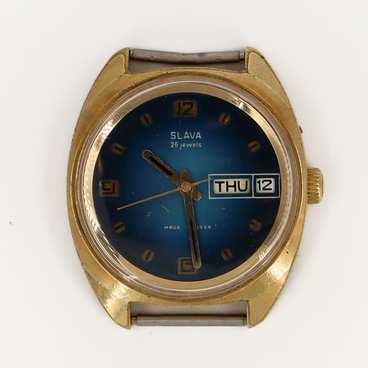The first spoons appeared at least 5,000 years ago and were made from fired clay. Everything suitable for holding soft and liquid food — horns and bones of animals, mollusk shells, nut shells — was also used for making spoons.
In ancient Greece and the Roman Empire, spoons were made of bronze and silver, however, they were used more for cooking food rather than for eating. The advent of a spoon in Rus is associated with Prince Vladimir I Sviatoslavich, also known as Vladimir the Great. After the Christianization, he adopted the Byzantine practice of taking food not with hands but using special tools. A wooden spoon was first mentioned in “The Tale of Bygone Years”.
In Europe, spoons originated in the Middle Ages. They were usually made of wood or horn. The development of metal processing technologies led to the use of copper, tin, and brass in the production of spoons. The aristocracy preferred spoons made of precious metals.
The European Baroque welcomed the fashion of spoons with long handles. This was due to the specifics of clothing that people wore back then: their large ruffs, elongated collars, and various jabots could get soiled with food. Rules of the newly appeared etiquette prescribed holding a spoon with just three fingers instead of squeezing it in the hand.
In the 18th century, aluminum spoons became widespread. It was believed that they had greater value and enjoyed higher prestige since this metal looked very similar to silver. The growing popularity of tea and coffee demanded designing spoons of smaller sizes.
In 1825, Dr. Geithner from Saxony launched the production of spoons from an alloy made up of copper, zinc, and nickel. This metal alloy was very close to silver in appearance and got the name cupronickel; spoons made from it enjoyed great popularity.
By the 19th century, spoons, usually aluminum ones, were included in army cutlery sets around the world. Most often they were attached to mess kits. Camping cutlery sets included various pieces, most often a spoon, a fork, and a knife. Sometimes, mess kits contained a can opener as well.
The next stage in the evolution of spoons was marked by the discovery of stainless steel in the early 20th century. Spoons made of it are still used nowadays.
In ancient Greece and the Roman Empire, spoons were made of bronze and silver, however, they were used more for cooking food rather than for eating. The advent of a spoon in Rus is associated with Prince Vladimir I Sviatoslavich, also known as Vladimir the Great. After the Christianization, he adopted the Byzantine practice of taking food not with hands but using special tools. A wooden spoon was first mentioned in “The Tale of Bygone Years”.
In Europe, spoons originated in the Middle Ages. They were usually made of wood or horn. The development of metal processing technologies led to the use of copper, tin, and brass in the production of spoons. The aristocracy preferred spoons made of precious metals.
The European Baroque welcomed the fashion of spoons with long handles. This was due to the specifics of clothing that people wore back then: their large ruffs, elongated collars, and various jabots could get soiled with food. Rules of the newly appeared etiquette prescribed holding a spoon with just three fingers instead of squeezing it in the hand.
In the 18th century, aluminum spoons became widespread. It was believed that they had greater value and enjoyed higher prestige since this metal looked very similar to silver. The growing popularity of tea and coffee demanded designing spoons of smaller sizes.
In 1825, Dr. Geithner from Saxony launched the production of spoons from an alloy made up of copper, zinc, and nickel. This metal alloy was very close to silver in appearance and got the name cupronickel; spoons made from it enjoyed great popularity.
By the 19th century, spoons, usually aluminum ones, were included in army cutlery sets around the world. Most often they were attached to mess kits. Camping cutlery sets included various pieces, most often a spoon, a fork, and a knife. Sometimes, mess kits contained a can opener as well.
The next stage in the evolution of spoons was marked by the discovery of stainless steel in the early 20th century. Spoons made of it are still used nowadays.



